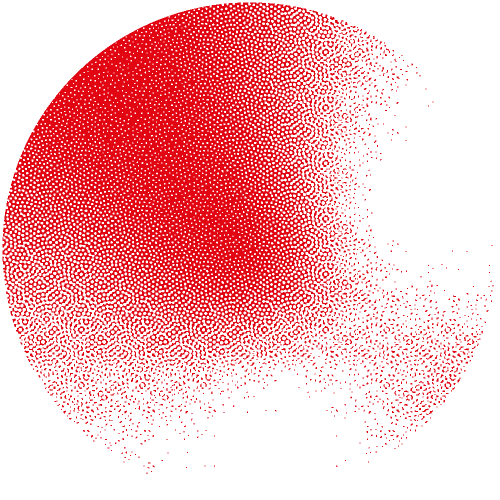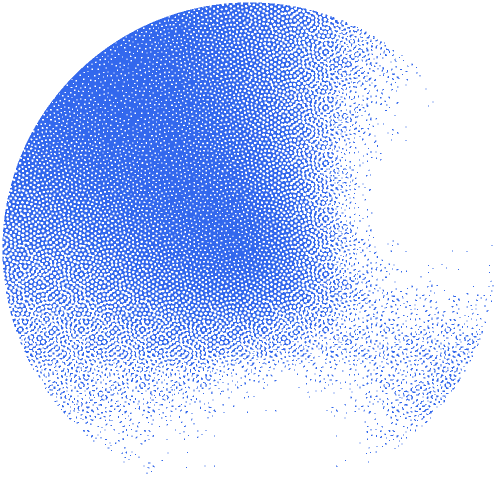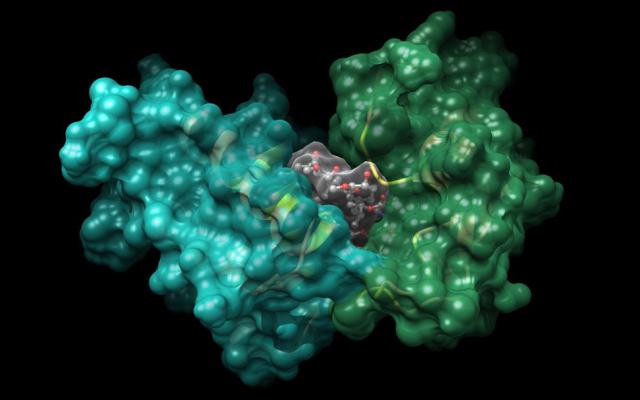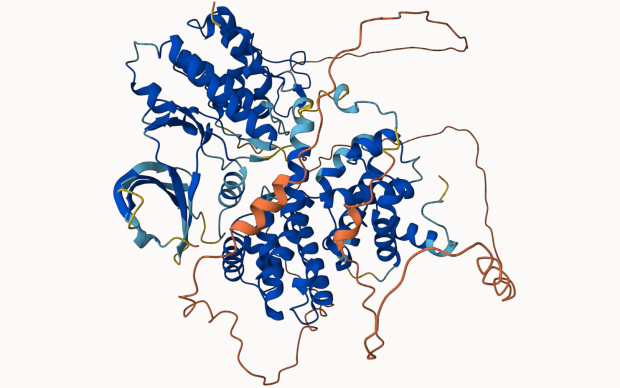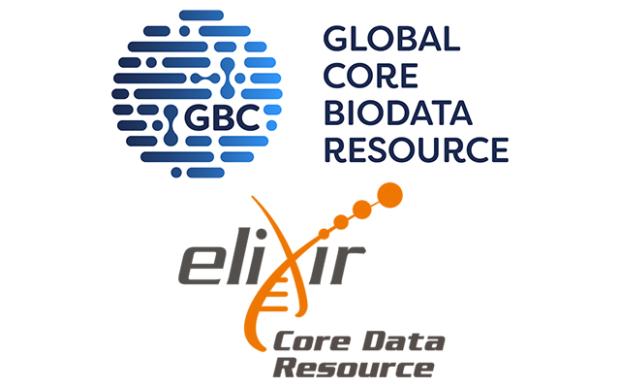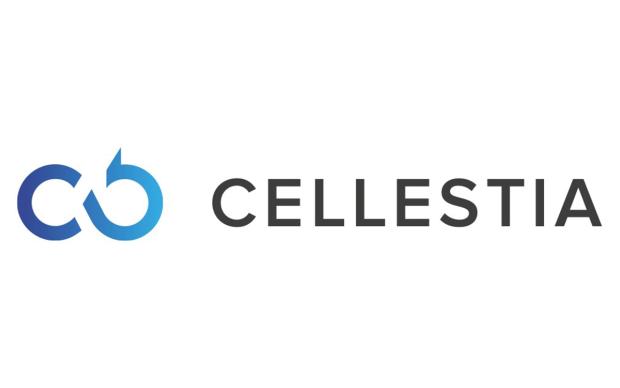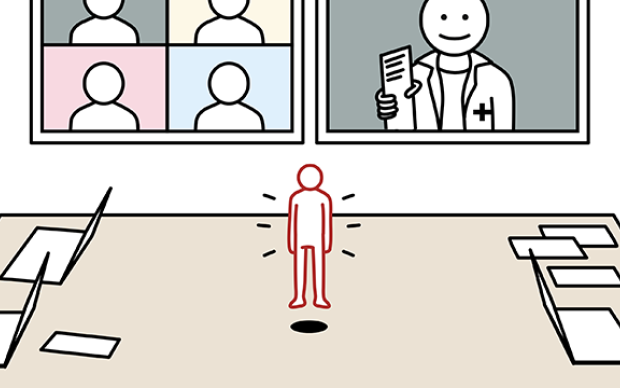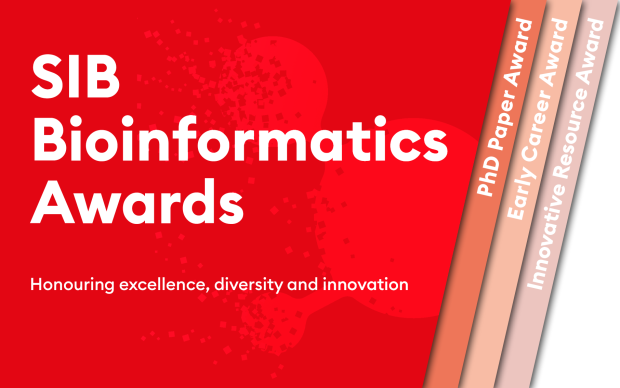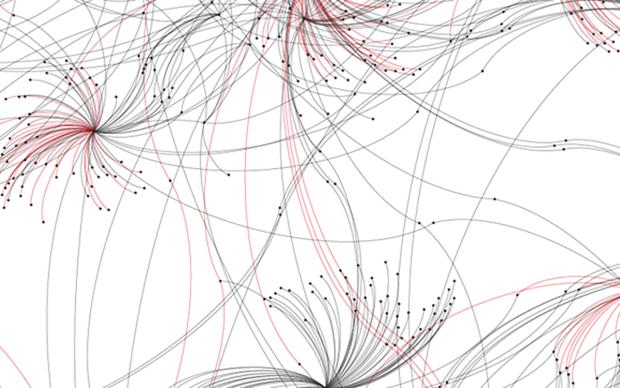To evaluate the impact of life science databases and software, usage figures, use cases and citations in the literature play a key role. Here, we dive into the impact of SwissDrugDesign, the computer-aided drug design software suite developed by the Group of Vincent Zoete and Olivier Michielin. The SIB Resource indeed achieved a recent milestone by cumulating 10,000 citations. Other figures also reveal its wide range of application, from research to education and from drug design to tackling air pollution.
About Computer-Aided Drug Design (CADD)
Drug design is the process by which medicinal chemists attempt to discover new medication. The latter is usually a small organic molecule that activates or inhibits the function of a biomacromolecule of therapeutic interest, such as a protein. Computer-aided drug design allows scientists to save precious time and resources by helping the identification and optimization of the best candidates for a specific target, before heading to the experimental lab to synthesize and test their properties.
Launched in 2010, the SIB Resource SwissDrugDesign, developed by the SIB team of Vincent Zoete and Olivier Michielin at the University of Lausanne, is a complete, interoperable, web-based pipeline for Computer Aided-Drug Design (see box). It includes tools for molecular docking (i.e., finding the best binding mode between the potential ligand and the targeted biomacromolecule), target prediction or the discovery of active compounds, all the way to pharmacokinetics and druglikeness. The latter allows predicting if a molecule has the suited properties to become an actual drug, based on its expected fate in the organism once administered.
Exponential usage statistics converting into research outputs in the literature
In 2023, the suite of tools included in SwissDrugDesign cumulated 8,5 million jobs (i.e., submission of at least one molecule on one of the tools by a user in order to perform a calculation) – with an exponential increase over the years. Half a million users are accessing the platform every year from all over the world, highlighting the international reach of the SIB Resources.
Read more about the international recognition gained by the SIB Resources
These usage figures translate into research outputs, as demonstrated by the citations of SwissDrugDesign in the scientific literature. These just reached a 10,000 cumulated citations milestone on Web of Science. Interestingly, over time, the proportion of citations of SwissDrugDesign in key journals for drug discovery also steadily increased, from 0.1% in 2012 to 2.1% in 2022. “This last figure is particularly impressive since only a fraction of the drug design studies are using in silico tools, and for those that do, there are hundreds – if not thousands – of tools available. The fact that our 6 main tools are found in up to 5% of these articles, as a function of the journal, underlines their widespread use,” explains SIB Group Leader Vincent Zoete.
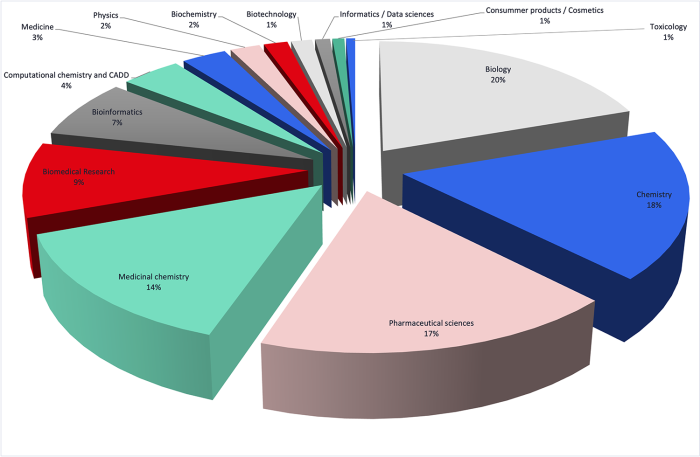
Open public databases lead to a diversification of applications
“While reviewing the literature, we were astonished by the diversity of applications our tools offer, beyond the original scope of drug design,” says Antoine Daina. “One recent application for instance revealed our tools were used to understand the impact of air pollution in the Maldives; another in the realm of plastic recycling, another in green pesticide design,” adds Marta Perez. Both Antoine and Marta are Senior Research Scientists in the team.
Discover the impact of SIB Resources in tackling global challenges
How can one explain this diversification of applications of tools initially designed for a specific use (see figure)? Most probably through the emergence, about 10 years ago, of public open chemical compound databases such as ChEMBL. Combined with the use of open tools such as SwissTargetPrediction part of SwissDrugDesign, scientists can estimate the most probable macromolecular targets of small bioactive molecules in any field.
A precious resource for research as well as education
Another aspect of the tool suite developed by the team is that while 60% is used in the context of research, 40% is used in teaching and education. “Our guiding principle with the tools was indeed to primarily serve research, but also, through the development of dynamic and simplified interfaces, to facilitate teaching and their adoption in university setup,” explains Vincent Zoete. “While no compromise is done on the scientific excellence of the tools, we believe that both usages are feeding from each other, with students exposed to the tools during their education more prone to adopt them later on during their research. And researchers enjoy the user-friendliness of the tools as well.” These observations are backed up by the results of a survey conducted by the team in 2021 with 500 users.
To develop user-friendly interfaces the team benefited from UX support from the dedicated SIB Biodata Resource team. They were rolled out on four tools so far, with two planned for 2024.
Reference(s)
Banner image: Structure of the FKBP12-Rapamycin complex interacting with human FRAP (PDB ID 1fap). Image made by the Molecular Modelling Group using UCSF Chimera.
